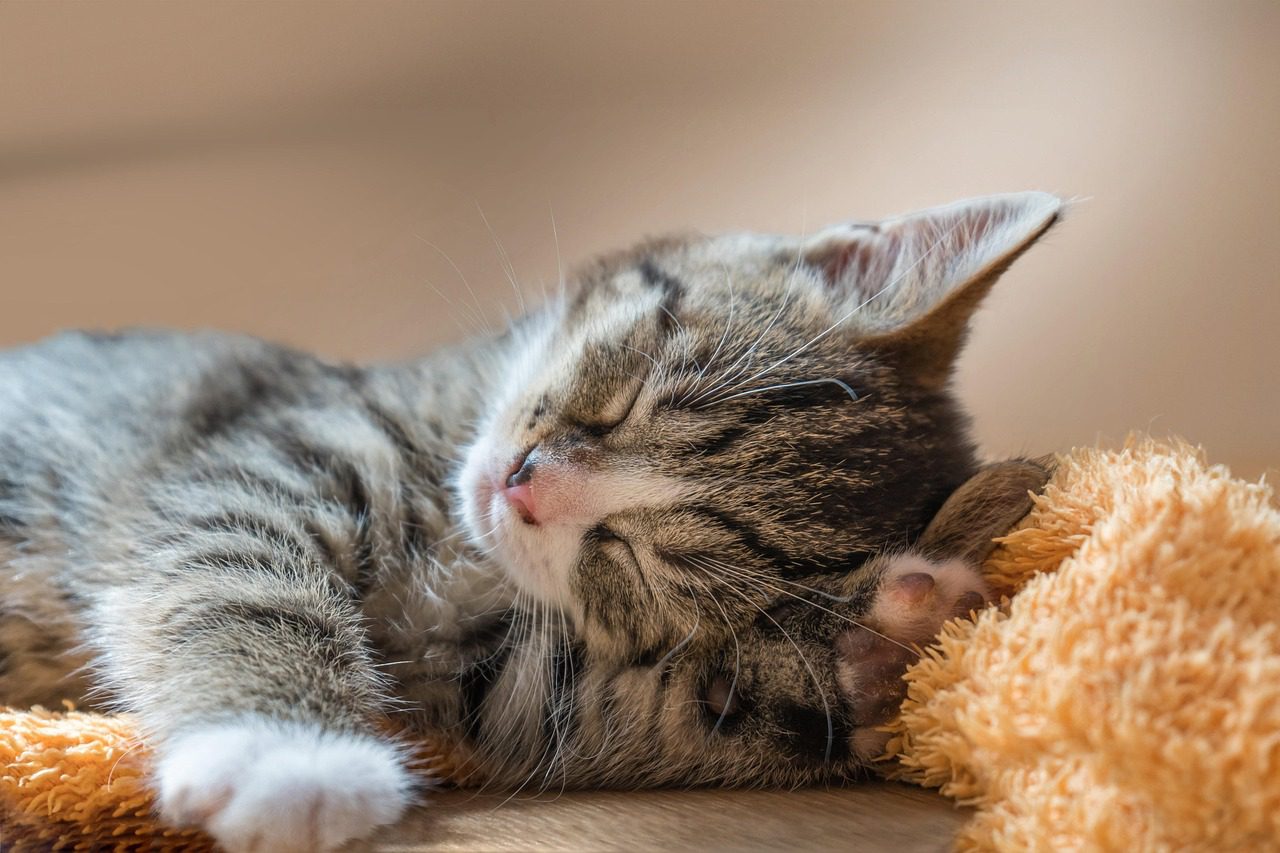One of the things that I really love about my job is that I never stop learning new stuff. But one thing I really hate is seeing an animal suffering, most especially being eaten alive by maggots – that makes my skin crawl too in sympathy.
Maggots are particularly a problem at this time of year. They hatch from flies’ eggs, and some are flesh eaters. The mother fly lays her eggs on any creature that allows it, but it is usually a pet or farm animal that has some illness or condition preventing it from just flicking the buzzy fly away.
I see this problem very occasionally in severely debilitated dogs or cats, but most often in rabbits. Sometimes it is because their hutches have not been kept clean enough, and the smell of faeces and urine has built up enough to attract the flies.
But occasionally it is the first we know that a rabbit has an underlying illness, making it doubly hard to pull them through.
Years ago I cared for Roger, a rabbit who belonged to one of my nursing team. She rushed him in one morning with a skin wound around his tail, and maggots squirming away from the light as we examined him.
Unsurprisingly he was depressed, but what was unusual was how moist his fur appeared on his belly. He smelt strongly of urine.
Maggot infestation can kill within hours, so in order to save his life we had to get rid of the maggots effectively. This meant clipping the soiled fur and picking them out with tweezers, until we were sure none were left. We then bathed him to get rid of all the toxins the maggots release to dissolve the flesh for digestion, and slathered him in soothing ointment. He was loaded with painkillers and antibiotics, and encouraged to start eating again.
This had to be repeated twice a day, and normally we would expect the skin wound to resolve very rapidly over a few days, if not too severe. But Roger kept getting himself soiled and smelly between baths.
We quickly realised that something else was underlying his fly strike, and took a urine sample and an x-ray. Using our microscope, we were able to see that he was bleeding and had an infection in his bladder, and the x-ray confirmed this was because he had one large bladder stone.
None of us had ever heard of rabbits getting bladder stones before, but we knew what to do. We built up his health and strength, and then anaesthetised him and took the stone out of his bladder. He recovered amazingly well and, fortunately, never got fly strike again.
I have now seen several other rabbits and rodents with bladder stones, as well as the more common cats and dogs, and studied how to try to prevent their recurrence. We always work hard at preventing fly strike and spreading the word about it, which is good as it still turns my stomach every time I have to deal with some poor creature suffering from it!



